Branko Rogic
Advanced Lane Detection Model for the Virtual Development of Highly Automated Functions
Apr 15, 2021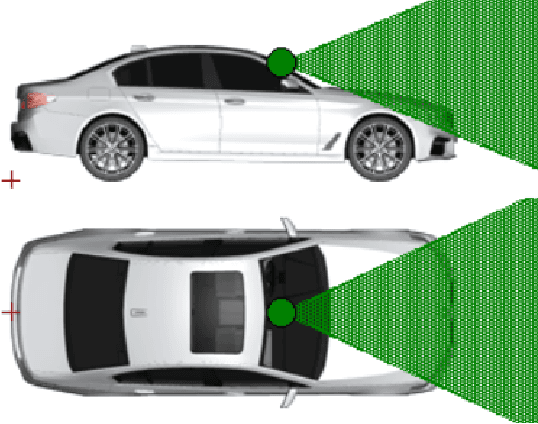
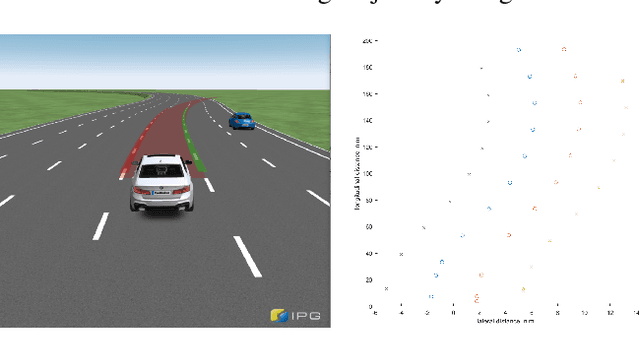
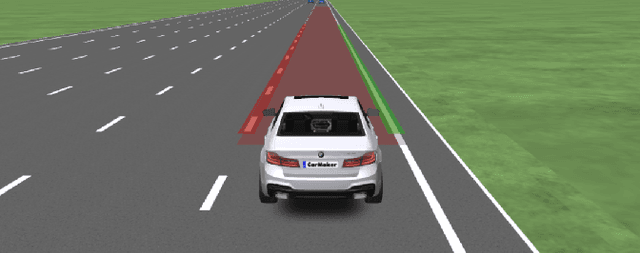
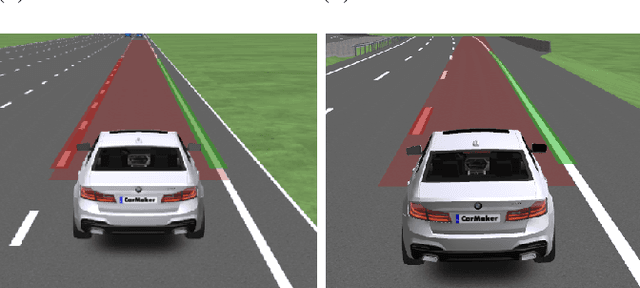
Abstract:Virtual development and prototyping has already become an integral part in the field of automated driving systems (ADS). There are plenty of software tools that are used for the virtual development of ADS. One such tool is CarMaker from IPG Automotive, which is widely used in the scientific community and in the automotive industry. It offers a broad spectrum of implementation and modelling possibilities of the vehicle, driver behavior, control, sensors, and environmental models. Focusing on the virtual development of highly automated driving functions on the vehicle guidance level, it is essential to perceive the environment in a realistic manner. For the longitudinal and lateral path guidance line detection sensors are necessary for the determination of the relevant perceiving vehicle and for the planning of trajectories. For this purpose, a lane sensor model was developed in order to efficiently detect lanes in the simulation environment of CarMaker. The so-called advanced lane detection model (ALDM) is optimized regarding the calculation time and is for the lateral and longitudinal vehicle guidance in CarMaker.
Stress Testing Method for Scenario Based Testing of Automated Driving Systems
Dec 08, 2020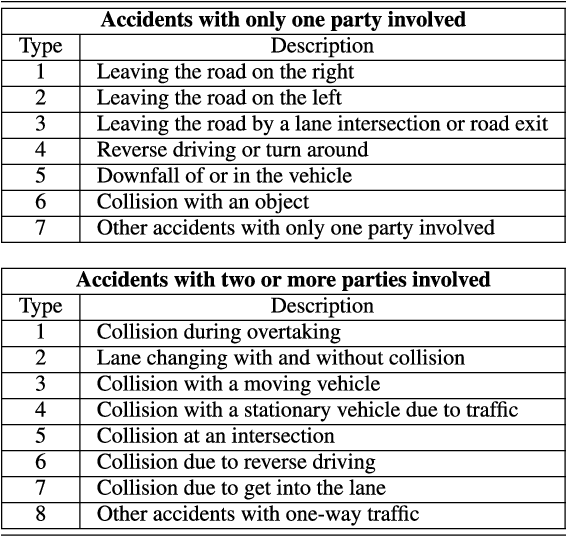
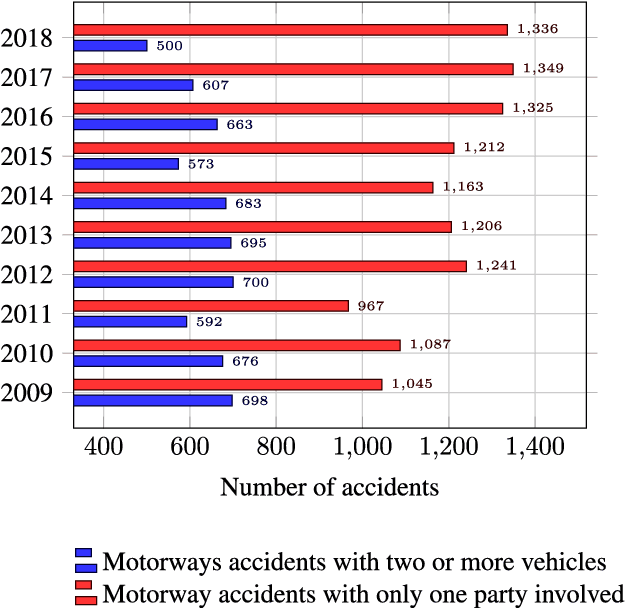

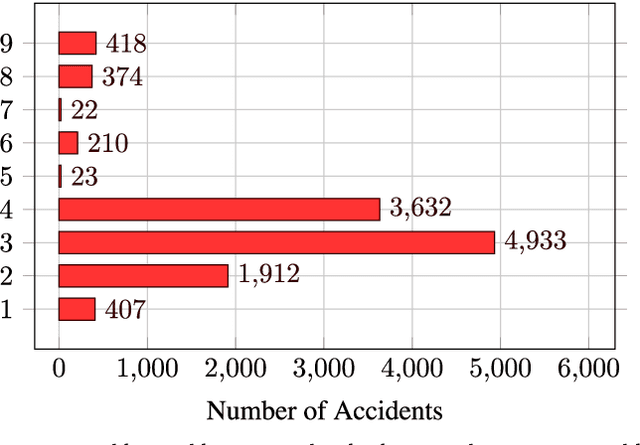
Abstract:Classical approaches and procedures for testing of automated vehicles of SAE levels 1 and 2 were based on defined scenarios with specific maneuvers, depending on the function under test. For automated driving systems (ADS) of SAE level 3+, the scenario space is infinite and calling for virtual testing and verification. However, even in simulation, the generation of safety-relevant scenarios for ADS is expensive and time-consuming. This leads to a demand for stochastic and realistic traffic simulation. Therefore, microscopic traffic flow simulation models (TFSM) are becoming a crucial part of scenario-based testing of ADS. In this paper, a co-simulation between the multi-body simulation software IPG CarMaker and the microscopic traffic flow simulation software (TFSS) PTV Vissim is used. Although the TFSS could provide realistic and stochastic behavior of the traffic participants, safety-critical scenarios (SCS) occur rarely. In order to avoid this, a novel Stress Testing Method (STM) is introduced. With this method, traffic participants are manipulated via external driver DLL interface from PTV Vissim in the vicinity of the vehicle under test in order to provoke defined critical maneuvers derived from statistical accident data on highways in Austria. These external driver models imitate human driving errors, resulting in an increase of safety-critical scenarios. As a result, the presented STM method contributes to an increase of safety-relevant scenarios for verification, testing and assessment of ADS.
 Add to Chrome
Add to Chrome Add to Firefox
Add to Firefox Add to Edge
Add to Edge